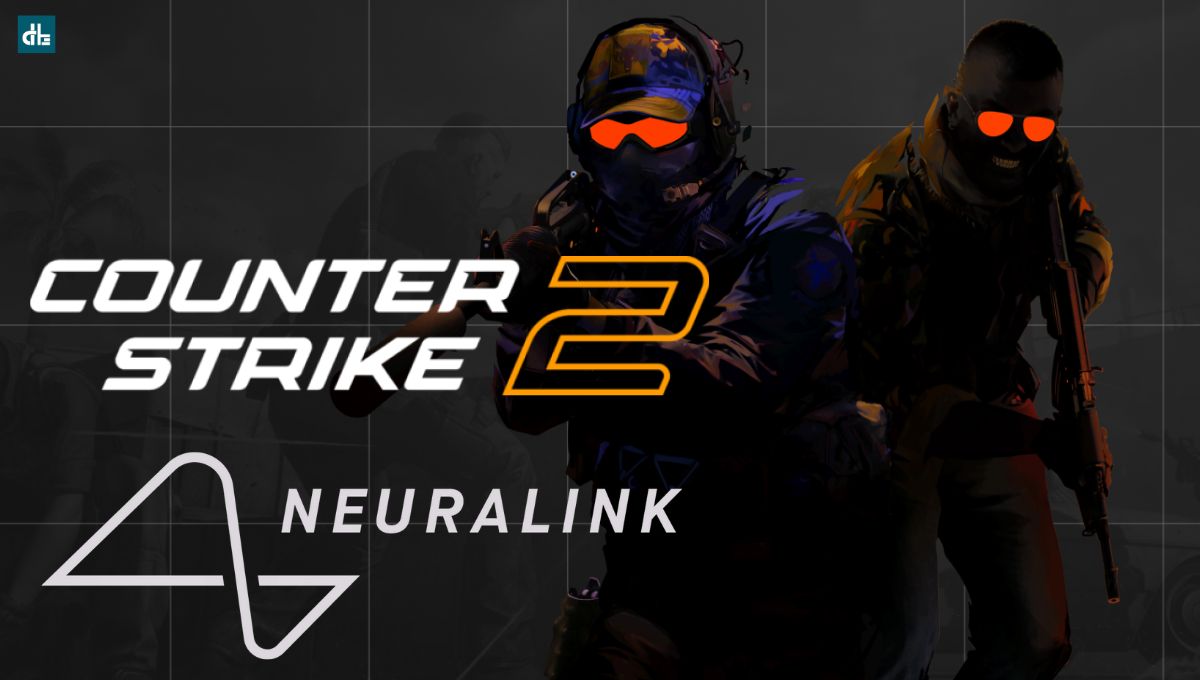Elon Musk’s brain-computer interface startup, Neuralink, is making significant progress with its brain chip technology, as evidenced by the second human trial participant.
A man known as Alex, who became paralyzed from the neck down due to a spinal cord injury, has been utilizing the Neuralink implant to engage in activities that were previously beyond his reach, including playing the popular video game Counter-Strike.
How Neuralink enhance the gaming experience?
Before receiving the Neuralink implant, Alex relied on a mouth-operated device known as a QuadStick to interact with his computer. This controller allowed him to either move or aim in the game but not both simultaneously, limiting his ability to play as effectively as non-disabled players. The Neuralink brain chip has changed that, enabling Alex to move and aim concurrently. By simply thinking about where he wants to look, Alex can now control the game’s camera with his mind while still using the QuadStick to move.
“It’s insane,” Alex shared in a Neuralink blog post, expressing his joy at being able to run around in the game and look around freely without having to use the QuadStick for every movement. The company even showcased a video of Alex playing Counter-Strike, demonstrating his improved control and ease in handling the gameplay.
Beyond gaming
The implant’s capabilities extend beyond gaming. Alex has also used the Neuralink chip to create 3D designs using CAD software, which included developing a custom mount for his Neuralink charger that he later 3D-printed. This shows the implant’s potential to facilitate not only entertainment but also creativity and practical problem-solving, helping users regain aspects of their lives that might have seemed lost due to their disabilities.
Challenges with Neuralink
Neuralink’s progress with Alex comes after learning from the challenges faced by its first human participant, Noland Arbaugh. Arbaugh’s implant experienced a significant issue known as “thread retraction,” where the thread-based electrodes designed to read brain signals became displaced. This affected the chip’s ability to function optimally, although Arbaugh was still able to use the implant.
To avoid repeating these issues, Neuralink implemented several mitigations when placing the implant in Alex. These included techniques to minimize the chance of air pockets forming during surgery and placing the implant deeper into brain tissue. These efforts have proven successful so far, as Neuralink reported no thread retraction in Alex’s case.
Future prospects for Neuralink
Neuralink continues to work on enhancing the functionality of its brain-computer interface technology. The company aims to develop the brain chip to enable full mouse and video game controller capabilities. Additionally, Neuralink is exploring ways to allow users to interact with their physical environment more effectively. This could include controlling robotic arms or wheelchairs, thereby providing users with greater independence in their daily lives.
Chandramohan is a tech geek who enjoys writing about the Internet of Things, social media, and emerging technologies. He is an MCA student at GG University in Chhattisgarh with a strong foundation in computer science.



